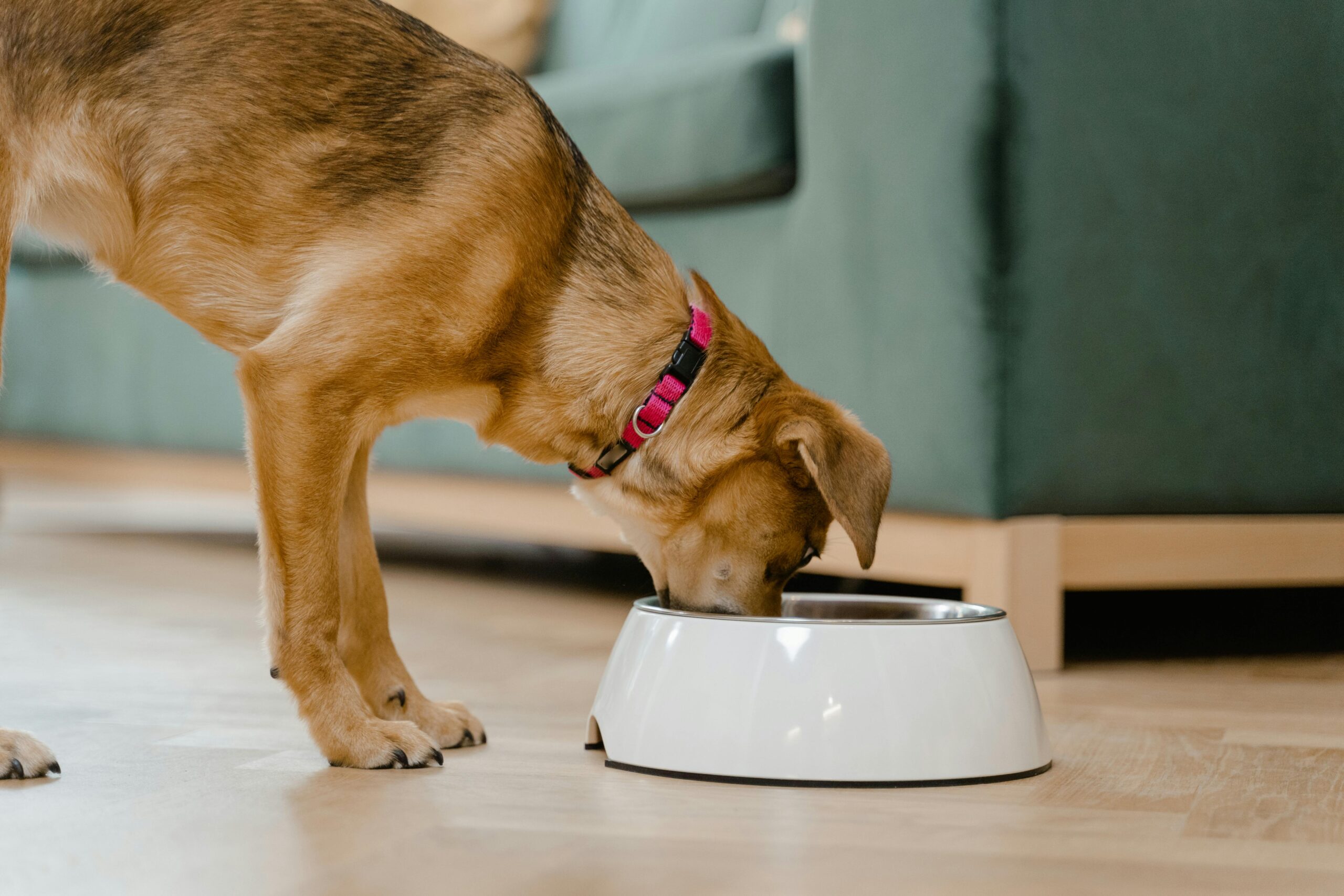Top Dog Foods: The Ultimate Guide for Your Furry Friend’s Nutrition.
Introduction
Choosing the right food for your dog isn’t just a decision—it’s a responsibility. Your pup’s energy, coat shine, and even behavior are all tied to what you put in their bowl. With so many options on the market, it can be overwhelming to know which brands are truly the best. Luckily, you’re not alone in this! We’ve got the ultimate guide here to help you sift through the fluff and find the Top 10 Dog Foods in 2025 that truly deliver.
Why Choosing the Right Dog Food Matters
Think of your dog like a high-performance machine. You wouldn’t put low-grade fuel in a sports car, right? The same goes for your pup. A well-balanced diet means better health, longer life, and fewer vet visits.
What You’ll Learn in This Guide
This guide will walk you through the best dog food options, what vets recommend, how to decode labels, and how to choose food that fits your dog’s specific needs.
Understanding Dog Nutrition Basics
Essential Nutrients Every Dog Needs
Dogs require a balanced blend of proteins, fats, carbohydrates, vitamins, and minerals. These elements help build muscle, power energy levels, and support immune health.
Differences Between Puppies, Adults, and Senior Dogs
Puppies need more protein and calories for growth, while seniors benefit from fewer calories and joint-supporting supplements like glucosamine.
Types of Dog Foods
Dry Kibble
The most common and convenient type. Great for dental health but varies greatly in quality.
Wet/Canned Food
Higher moisture content, often more palatable for picky eaters.
Raw Dog Food
A growing trend. Raw food diets can be beneficial but require careful planning to avoid deficiencies.
Homemade Dog Food
Perfect if you want full control over your dog’s diet, but it must be balanced and vet-approved.
Vet-Recommended Dog Foods
What Makes Food “Vet-Recommended”?
These foods usually meet AAFCO guidelines, use high-quality ingredients, and are tested for safety and nutrition.
Benefits of Going With a Vet-Approved Brand
It’s peace of mind. You know the food has been tested and reviewed by professionals who understand pet nutrition better than most.
Top 10 Dog Food Brands in 2025
Here’s a snapshot of some of the top-rated brands this year:
- Orijen – High in protein and uses fresh regional ingredients
- Hill’s Science Diet – Trusted by vets and based on decades of research
- Blue Buffalo – Natural ingredients and grain-free options
- Royal Canin – Tailored recipes for breed-specific needs
- Taste of the Wild – Real meats and ancient grains
- Wellness Core – Great protein sources with no fillers
- Nutro Ultra – Superfood blend formulas
- Canidae – Clean recipes with real meats
- Purina Pro Plan – Balanced and affordable
- Merrick – Small-batch recipes and Texas beef
Reading and Understanding Labels
What to Look for in Ingredients
Look for whole protein sources (like chicken, lamb, salmon) listed first. Avoid vague terms like “meat meal” or “animal fat.”
Red Flags to Avoid
Steer clear of artificial colors, BHA/BHT preservatives, and corn or soy fillers.
Special Diets for Special Needs
Hypoallergenic Dog Foods
Great for dogs with skin issues or allergies. Look for limited-ingredient diets with novel proteins.
Grain-Free Diets
These are useful for some dogs but check with your vet. Not all dogs benefit from going grain-free.
High-Protein Options
Ideal for active breeds or working dogs, but balance is key to avoid kidney stress.
Transitioning Your Dog to a New Food
Step-by-Step Guide
Mix 25% new food with 75% old food for 2 days
50/50 mix for the next 2 days
75% new, 25% old for another 2 days
Full switch by day 7
Common Mistakes to Avoid
Avoid switching too fast, or your pup may end up with an upset stomach (and you’ll be cleaning up the mess).
Healthy Dog Food Brands You Can Trust
When searching for healthy dog food brands, look for transparency. Brands that list their ingredient sources and undergo third-party testing are always a better bet.
Brands with Transparency and Ethical Practices
Look for certifications, sourcing transparency, and customer reviews. Companies like Open Farm and The Farmer’s Dog stand out.
Common Dog Food Myths Debunked
Myth: Grain-free is always better
Reality: Grains can be beneficial unless your dog has an allergy
Myth: By-products are bad
Reality: Some are nutritious (like liver), as long as they’re named and from a known source
Signs of Good (or Bad) Nutrition in Dogs
Good Signs: Shiny coat, regular stools, bright eyes, and steady energy
Bad Signs: Dull coat, excessive shedding, bad breath, itchy skin, and erratic behavior
Supplements:
- Do Dogs Need Them?
Only if recommended by your vet. A balanced food should already cover most needs.
Homemade vs. Store-Bought Dog Food - Homemade can be great but hard to balance.
- If you go this route, consult a canine nutritionist.
FAQs
How do I know if my dog food is high quality?
Look for whole protein as the first ingredient, no fillers, and AAFCO approval.
Should I feed wet or dry food?
Depends on your dog’s preference and dental needs. Many mix both!
What’s the best dog food for allergies?
Limited-ingredient or hypoallergenic options with novel proteins.
How often should I switch my dog’s food?
Only when necessary—like a life stage change or health issue.
Can I feed my dog human food?
Some yes (like plain chicken), others no (like onions, chocolate). Always check first.
Conclusion
Choosing the right food for your furry best friend can be confusing, but it doesn’t have to be stressful—with Iblue, making the best choice is easy. From Vet-recommended dog foods to trusted healthy dog food brands, you now have the knowledge to feed your dog the very best. A healthy dog is a happy dog—and let’s be real, nothing beats those wagging tails and eager eyes when you get it right.








